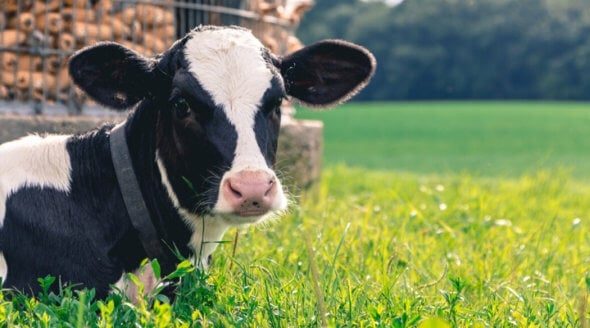All About Animals: Secondary Teachers: Lesson Plan 3: Let’s get to the bottom of this!
How does this fit into the National Curriculum? Using printed and ICT-based information sources, pupils should be taught to select, compare and synthesise information from different texts (4a); evaluate how information is presented (4b); sift the relevant from the irrelevant, and distinguish between fact and opinion, bias and objectivity (4c).
Teachers’ Note: Read the introduction to the class and ask them to write a summary of both viewpoints, evaluating the evidence they find and sifting the facts from opinion. Their research should cover printed and ICT-based texts and once they have read all the evidence they should write a short essay summarising the salient points.
Your research should try to get to the bottom of this once and for all. Is fishing cruel? You might want to think about the anatomy of fish and look for studies that have been done about this issue; you may want to contact anglers or anti-angling campaigners; you may want to think for yourself about what each side has to gain from asserting their views.
It’s up to you to sift through the bias, the opinions and establish the facts. Is fishing cruel? When you have finished researching, write a short essay detailing what you have found and whether, on balance, you feel that fish do feel pain or whether they don’t.

